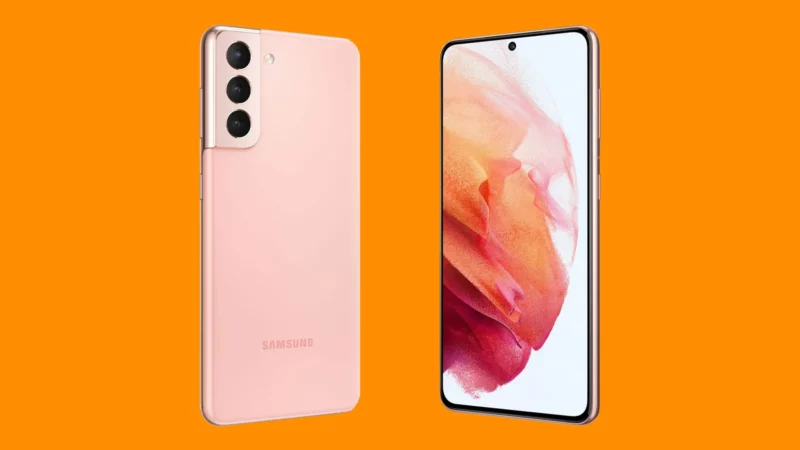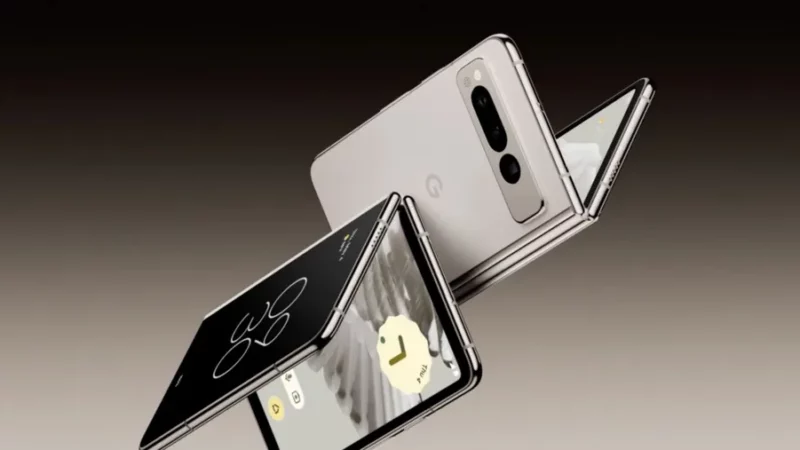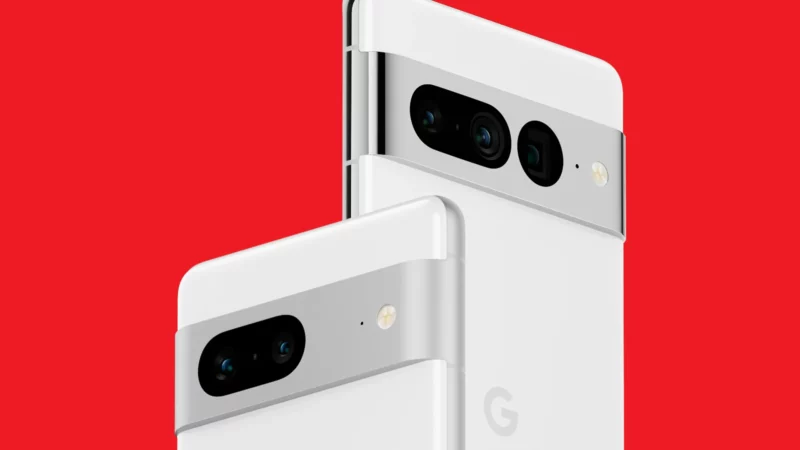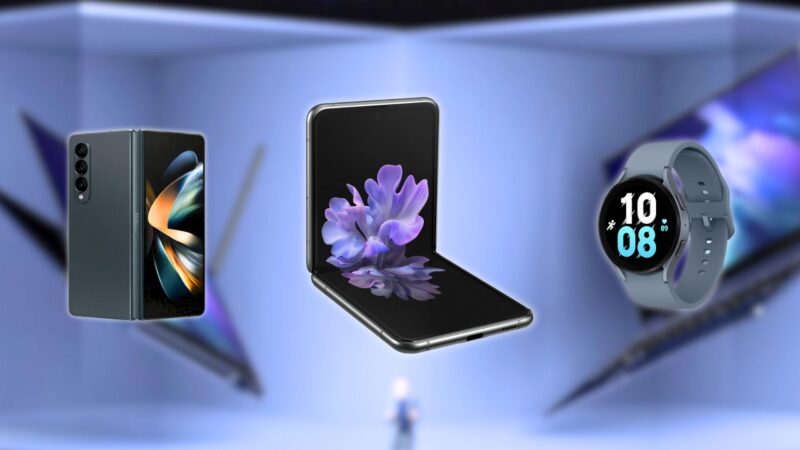What is Apple’s Haptic Touch Technology? A Guide to How it Works and What You Can Do with It
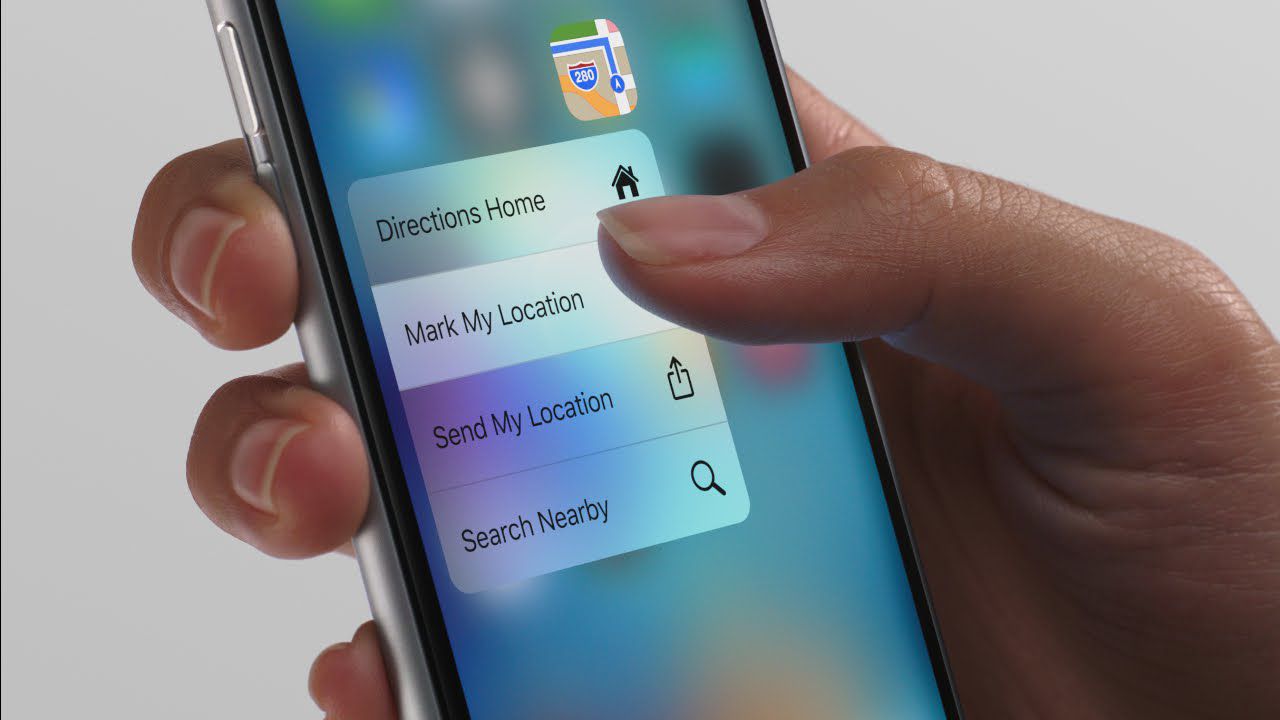
Introduction
Hey there, tech enthusiasts! Today, we’re diving into the fascinating world of Apple’s Haptic Touch technology. You might have heard about it, or perhaps you’ve experienced it firsthand on your Apple device. But what exactly is Haptic Touch, and how does it work? In this article, we’ll unravel the mystery behind this innovative feature, exploring its functionalities and what it brings to the table. So, buckle up and get ready to discover the world of Haptic Touch!
Table of Contents
- What is Haptic Touch?
- 1.1 Understanding Haptic Feedback
- 1.2 How is Haptic Touch Different from 3D Touch?
- The Mechanics of Haptic Touch
- 2.1 Taptic Engine: The Magic Behind the Scenes
- 2.2 The Science of Sensations
- Haptic Touch Across Apple Devices
- 3.1 Haptic Touch on iPhones
- 3.2 Haptic Touch on MacBooks
- 3.3 Haptic Touch on Apple Watch
- How to Use Haptic Touch
- 4.1 Navigating the Home Screen
- 4.2 Peek and Pop: Haptic Touch in Apps
- 4.3 Customizing Haptic Touch
- Enhancing User Experience with Haptic Touch
- 5.1 Gaming and Immersive Feedback
- 5.2 Productivity and Quick Actions
- 5.3 Accessibility: A Helping Hand
- Third-Party App Integration
- 6.1 What Developers Can Do with Haptic Touch
- 6.2 Popular Apps Utilizing Haptic Touch
- Haptic Touch vs. Other Technologies
- 7.1 Haptic Touch vs. Long Press
- 7.2 Haptic Touch vs. Taptic Engine
- Behind the Scenes: Designing Haptic Feedback
- 8.1 Balancing Realism and Responsiveness
- 8.2 The Art of Creating Custom Haptic Feedback
- The Future of Haptic Touch
- 9.1 Innovations on the Horizon
- 9.2 Haptic Touch and Augmented Reality (AR)
- In Conclusion
1. What is Haptic Touch?
Haptic Touch is an incredible technology developed by Apple, revolutionizing the way we interact with our devices. At its core, Haptic Touch provides tactile feedback, also known as haptic feedback, in response to certain touch-based actions. Imagine your phone or laptop responding with a subtle vibration or a gentle tap when you perform specific tasks on the screen. That’s Haptic Touch at work, enhancing user experience through physical sensations.
1.1 Understanding Haptic Feedback
Haptic feedback is all about recreating the sense of touch through vibrations and motions. It aims to make interactions with devices more engaging and intuitive, adding a new dimension to the user experience. Unlike traditional touchscreens, Haptic Touch goes beyond visual cues, making it feel like you’re physically interacting with the virtual elements on your screen.
1.2 How is Haptic Touch Different from 3D Touch?
Before Haptic Touch, Apple introduced 3D Touch, a technology that allowed users to apply varying degrees of pressure to the screen for additional functionality. However, with the advent of the iPhone XR, Apple bid farewell to 3D Touch and embraced Haptic Touch as a more accessible alternative. Haptic Touch doesn’t rely on pressure-sensitive displays but instead uses a long press paired with haptic feedback to achieve similar results.
2. The Mechanics of Haptic Touch
Haptic Touch may seem like magic, but it’s a blend of clever engineering and human psychology. At the core of this technology lies the Taptic Engine, an ingenious piece of hardware responsible for generating those delightful tactile responses.
2.1 Taptic Engine: The Magic Behind the Scenes
The Taptic Engine is a small, sophisticated component hidden within your Apple device. It is designed to create precise vibrations that mimic the feeling of pressing physical buttons, making you believe you’re interacting with something tangible. This tiny marvel is responsible for all the magic you experience with Haptic Touch.
2.2 The Science of Sensations
Our brains are wired to respond positively to physical stimuli. With Haptic Touch, Apple leverages this fact by delivering subtle vibrations that align with our expectations when interacting with on-screen elements. These vibrations not only make interactions more enjoyable but also help convey useful information or feedback.
3. Haptic Touch Across Apple Devices
Haptic Touch is not exclusive to a single device; it has found its way into various Apple products, enriching user experiences across the board.
3.1 Haptic Touch on iPhones
On iPhones, Haptic Touch is integrated seamlessly with the iOS system, providing quick actions and shortcuts on the home screen, within apps, and more. Whether it’s previewing an email or accessing additional features from the app icons, Haptic Touch takes user interactions to the next level.
3.2 Haptic Touch on MacBooks
Macs equipped with Force Touch trackpads bring Haptic Touch to the laptop world. Users can enjoy pressure-sensitive interactions, making tasks like previewing links and accelerating video scrubbing an absolute joy.
3.3 Haptic Touch on Apple Watch
The Apple Watch incorporates Haptic Touch for delivering notifications and providing subtle alerts for various activities, such as navigation prompts and heart rate monitoring. It’s all about convenience right on your wrist!
4. How to Use Haptic Touch
Using Haptic Touch is a breeze, and it opens up a world of possibilities for streamlining your interactions with Apple devices.
4.1 Navigating the Home Screen
On iPhones, a long press on app icons triggers a delightful range of options. You can peek into messages, check email previews, or get shortcuts to frequently used actions, all with a simple touch.
4.2 Peek and Pop: Haptic Touch in Apps
Many apps make excellent use of Haptic Touch for a more immersive experience. Whether it’s peeking at media or quickly accessing additional details, Haptic Touch simplifies your app interactions.
4.3 Customizing Haptic Touch
Apple allows users to personalize their Haptic Touch settings. From adjusting the intensity of the vibrations to enabling or disabling specific features, you can tailor the feedback to suit your preferences.
5. Enhancing User Experience with Haptic Touch
Haptic Touch is more than just a cool gimmick; it brings real value to your daily interactions with Apple devices.
5.1 Gaming and Immersive Feedback
In gaming, Haptic Touch elevates the experience by providing tactile cues, such as simulated weapon recoil or responsive button presses, making you feel truly connected to the virtual world.
5.2 Productivity and Quick Actions
Save time and effort with Haptic Touch’s quick actions. From setting alarms to composing messages, these shortcuts streamline everyday tasks, making you more productive.
5.3 Accessibility: A Helping Hand
Haptic Touch plays a crucial role in accessibility, offering tactile cues to users with visual impairments or other disabilities. It provides vital feedback that assists in navigating through the device’s interface with ease.
6. Third-Party App Integration
Haptic Touch is not limited to Apple’s own apps; it’s open to third-party developers to unleash their creativity.
6.1 What Developers Can Do with Haptic Touch
Developers have access to a range of Haptic Touch APIs, enabling them to craft immersive experiences, creative feedback, and engaging interactions that align with their app’s functionality.
6.2 Popular Apps Utilizing Haptic Touch
From photo editing apps to productivity tools, various third-party apps have embraced Haptic Touch to enhance user experiences, making tasks smoother and more enjoyable.
7. Haptic Touch vs. Other Technologies
Haptic Touch’s unique approach sets it apart from other technologies with similar functionalities.
7.1 Haptic Touch vs. Long Press
While long press offers some basic functionalities, Haptic Touch takes it to a new level with its haptic feedback, making interactions more intuitive and engaging.
7.2 Haptic Touch vs. Taptic Engine
Taptic Engine is the backbone of Haptic Touch, working behind the scenes to produce those delightful vibrations. It’s a beautiful partnership that makes Haptic Touch possible.
8. Behind the Scenes: Designing Haptic Feedback
Creating effective haptic feedback requires a delicate balance of art and science.
8.1 Balancing Realism and Responsiveness
The challenge lies in making the vibrations feel authentic while ensuring they respond instantly to user interactions, creating a seamless experience.
8.2 The Art of Creating Custom Haptic Feedback
Developers put their creativity to the test when crafting custom haptic feedback, making each app feel unique and engaging.
9. The Future of Haptic Touch
Haptic Touch is continually evolving, and the future looks promising for this groundbreaking technology.
9.1 Innovations on the Horizon
Apple’s dedication to innovation means we can expect exciting advancements, such as improved haptic feedback and expanded integration.
9.2 Haptic Touch and Augmented Reality (AR)
As AR gains popularity, Haptic Touch can play a vital role in providing realistic tactile sensations, making virtual experiences more immersive than ever.
10. In Conclusion
Haptic Touch has transformed how we interact with technology, bridging the gap between the digital and physical worlds. Its clever use of haptic feedback makes our devices feel more alive, enhancing usability and accessibility for all users. Whether you’re navigating the home screen, enjoying immersive gaming experiences, or utilizing quick actions for productivity, Haptic Touch is there to elevate your interactions. As we look to the future, the possibilities for this technology seem limitless, promising a world of innovation and enhanced user experiences.
FAQs
- Is Haptic Touch available on all Apple devices?
Haptic Touch is available on various Apple devices, including iPhones, MacBooks, and Apple Watch, but it may not be present in older models that featured 3D Touch.
- Can I customize the intensity of Haptic Touch feedback?
Absolutely! Apple allows you to customize the intensity of the haptic feedback to your liking, providing a personalized experience.
- Does Haptic Touch drain the device’s battery quickly?
No need to worry! Haptic Touch is designed to be efficient and won’t significantly impact your device’s battery life.
- Can third-party app developers use Haptic Touch in their apps?
Yes, Apple provides third-party developers with APIs to implement Haptic Touch into their apps, encouraging creativity and improved user experiences.
- Is Haptic Touch compatible with augmented reality (AR) applications?
Indeed! Haptic Touch has the potential to complement AR applications by providing realistic tactile sensations, enhancing the immersive experience.

